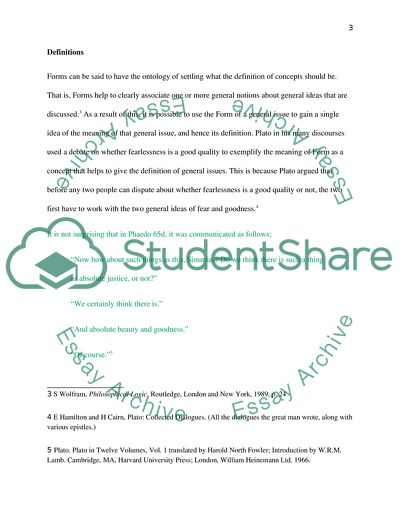Cite this document
(Form and How It Relates to Particulars Essay Example | Topics and Well Written Essays - 2500 words, n.d.)
Form and How It Relates to Particulars Essay Example | Topics and Well Written Essays - 2500 words. https://studentshare.org/philosophy/1866649-what-is-a-form-is-it-eg-a-universal-or-a-paradigm-how-does-it-relate-to-particulars
Form and How It Relates to Particulars Essay Example | Topics and Well Written Essays - 2500 words. https://studentshare.org/philosophy/1866649-what-is-a-form-is-it-eg-a-universal-or-a-paradigm-how-does-it-relate-to-particulars
(Form and How It Relates to Particulars Essay Example | Topics and Well Written Essays - 2500 Words)
Form and How It Relates to Particulars Essay Example | Topics and Well Written Essays - 2500 Words. https://studentshare.org/philosophy/1866649-what-is-a-form-is-it-eg-a-universal-or-a-paradigm-how-does-it-relate-to-particulars.
Form and How It Relates to Particulars Essay Example | Topics and Well Written Essays - 2500 Words. https://studentshare.org/philosophy/1866649-what-is-a-form-is-it-eg-a-universal-or-a-paradigm-how-does-it-relate-to-particulars.
“Form and How It Relates to Particulars Essay Example | Topics and Well Written Essays - 2500 Words”. https://studentshare.org/philosophy/1866649-what-is-a-form-is-it-eg-a-universal-or-a-paradigm-how-does-it-relate-to-particulars.


